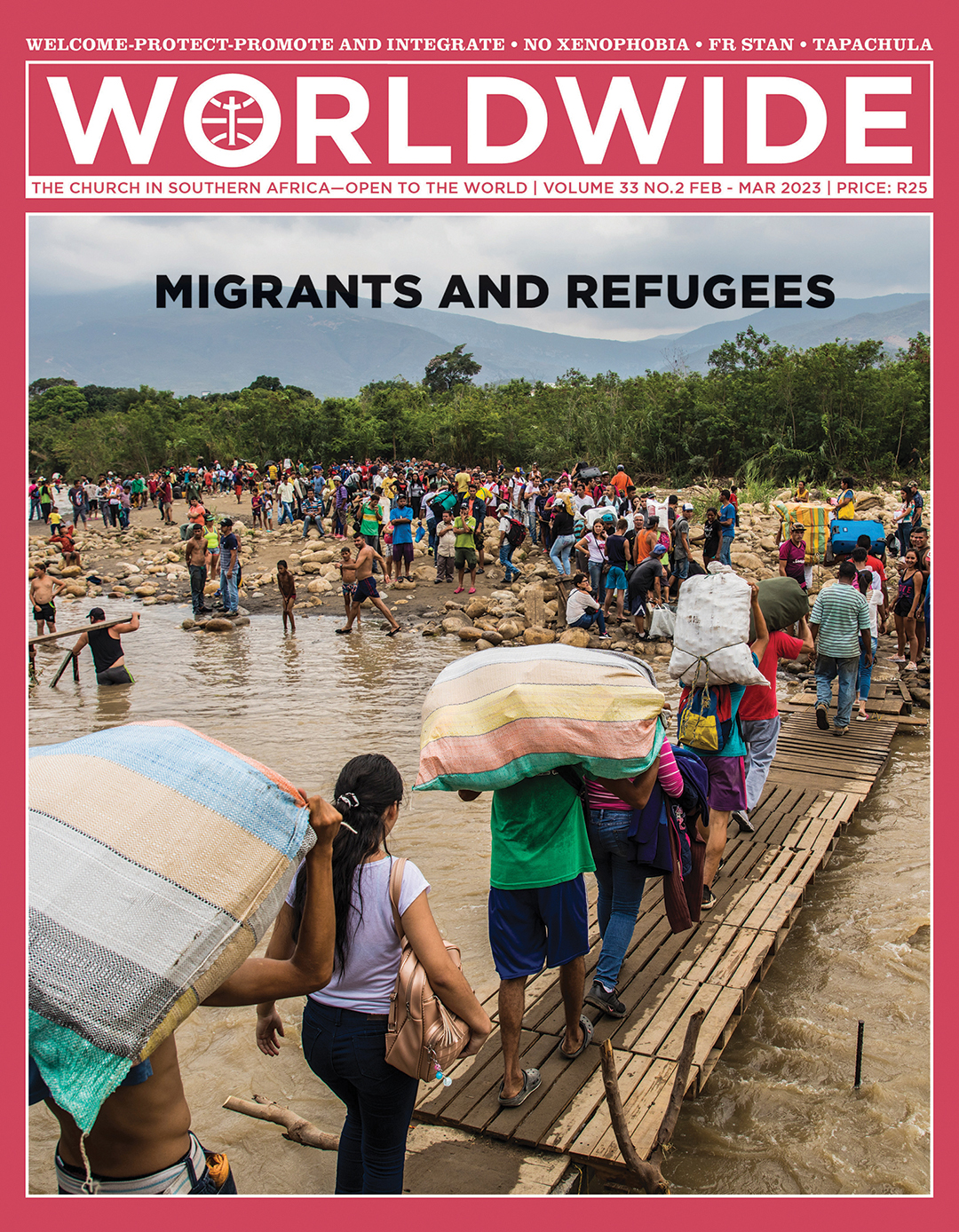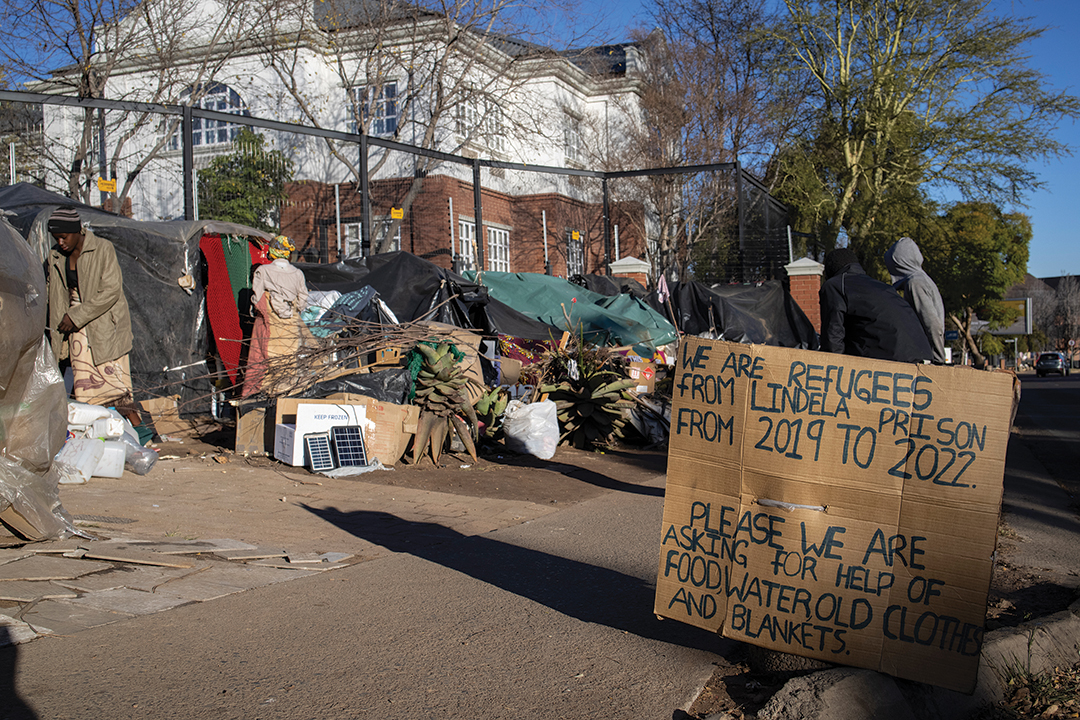SPECIAL REPORT • MIGRATION IN EUROPE
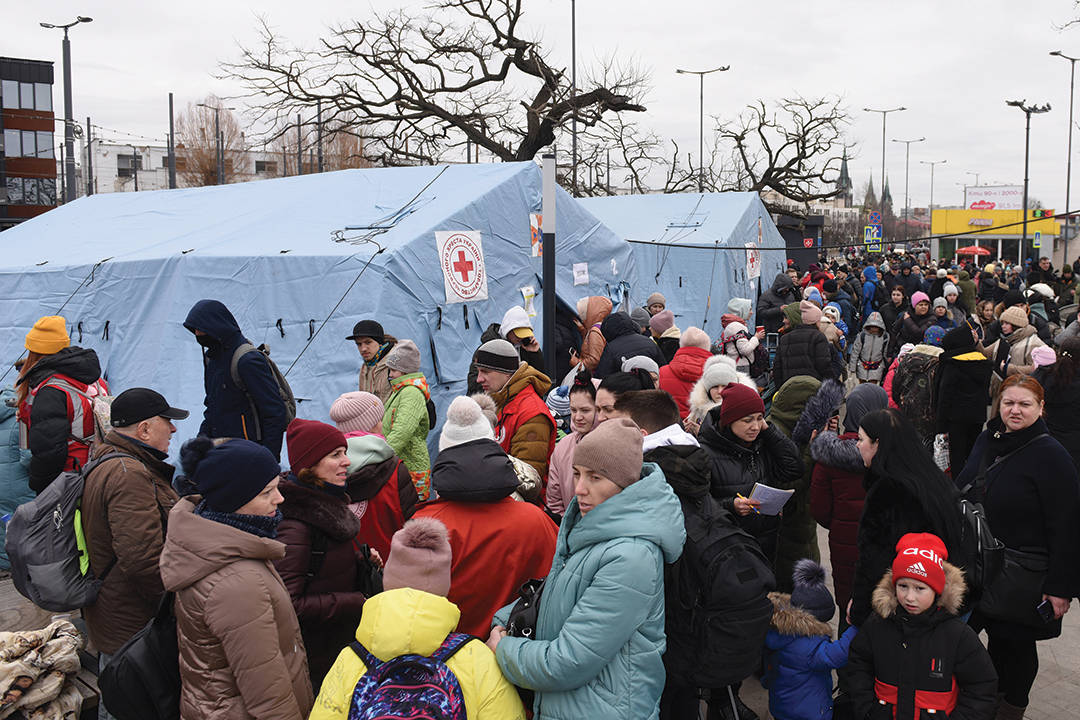
IRREGULAR MIGRATION TO EUROPE INCREASED IN ALMOST ALL ROUTES IN 2022
Europe seems to be headed for a migration crisis after experiencing an increased influx of refugees in 2022 mainly due to economic factors, effects of climate change and existing conflicts, including the war in Ukraine
BY MONICA REDONDO* | JOURNALIST, EL CONFIDENCIAL, MADRID, SPAIN EDITED AND UPDATED WITH FURTHER SOURCES OF INFORMATION BY THE WORLDWIDE TEAM
THE NUMBER of irregular migrants who entered Europe in 2022 is reminiscent of 2016, a time when the European Union (EU) was experiencing the largest refugee crisis in her history due to the war in Syria. Since Russia invaded Ukraine in February 2022, the continent has reached a milestone in the number of irregular entries. Frontex, the agency which controls EU’s borders, recorded 281 000 irregular entries in the first ten months of 2022—a 77% increase compared to the same period in 2021, a figure which does not include the Ukrainian refugees officially hosted in several European countries (euronews.com). The most active route was the Western Balkans, where around 140 000 crossings were recorded, two and a half times more than in 2021 and the highest figure since the aforementioned Syrian refugee crisis.
According to Aljazeera news (aljazeera.com), Italy’s Interior Ministry counted more than 102 000 asylum seekers crossing on boats until 29 December 2022; compared to 66 500 in the same period last year.
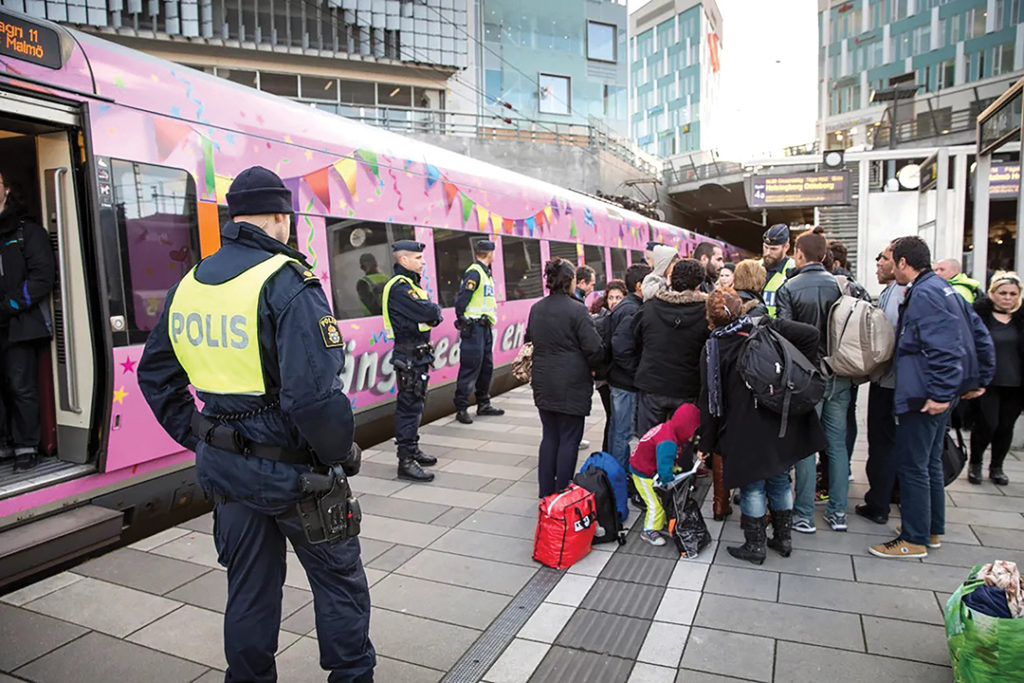
The causes of this increase are certainly numerous, including the economic crisis as a result of the pandemic and local conflicts and wars. On the Balkan route, most irregular migrants come from Syria and Afghanistan, the former, in a seemingly endless war; the latter, under the yoke of the Taliban regime since August 2021. In the cases of migrants coming from African and Asian countries, the rise of Islamic fundamentalism and economic reasons—among them food insecurity
caused by Russia’s blockade of grain exports from Ukraine—have caused thousands to leave their homes.
As EU Home Affairs Commissioner Ylva Johansson (2022) noted, the food and energy crises create situations of insecurity, unstable countries, stronger terrorist groups and better-organised criminal
gangs where people no longer feel safe to stay in their country.
Delayed effect
According Vít Novotný, an expert on migration, asylum and border control at the Wilfried Martens Centre for European Studies, in an interview with the author of this article, the increase in migrant arrivals usually has a delayed effect. Now the number of Afghans trying to cross the borders is rising, despite the fact that the Taliban came to power more than a year and a half ago. European governments are concerned about rumours that Russia is trying to destabilise Europe using migration. “There is an opinion that suggests that Vladimir Putin is trying to use migration across the Libyan border to put pressure on the EU. There is no evidence of this, but it cannot be ruled out,” (Lanzavecchia 2022).
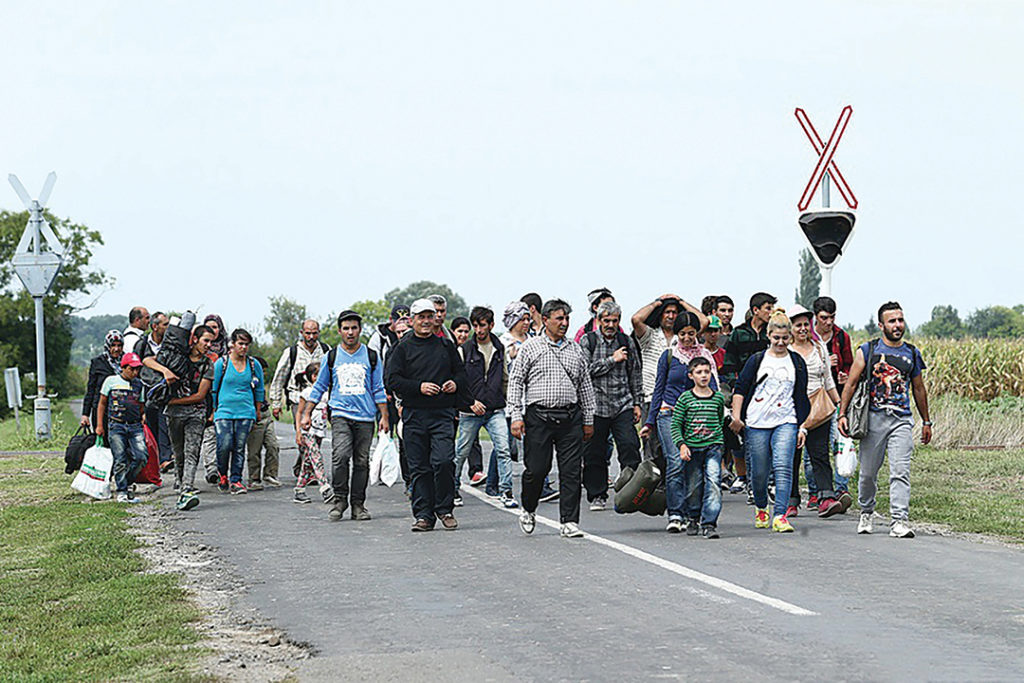
While migrants from different parts of the world come to the EU in search of peace, respect for human rights or better opportunities in life, Europeans are preoccupied with their energy crisis and high inflation. However, these factors do not seem to be discouraging migratory flows,
either because the migrants themselves are unfamiliar with the European context or because the crisis in their countries of origin is worse than the one taking place at their destination.
According to Camille Le Coz, a migration policy analyst at the Migration Policy Institute, in an interview with the author of this article, the conflict in Ukraine has increased vulnerability in many countries. “North African countries were heavily dependent on wheat from Ukraine and Russia, and this war has been a severe blow to their economies.”
Other reasons for migration hailing from these countries include the lack of job opportunities, tensions or violence within communities and the effects of climate change. Many migrants have relatives or acquaintances who left their country years ago and now live in Europe. This circumstance “continues to attract migrants because those already settled in Europe can help them by sharing information about the journey, paying for the trip and sometimes helping them to find a job once they arrive in Europe,” Le Coz stresses.
Solidarity—eternal?
One has also to look at the effects that the increase in irregular migrants to Europe is having in the region. According to the national Spanish television (rtve.es), more than 7.9 million Ukrainian refugees have been temporarily hosted by European countries. “Arrivals from the central Mediterranean region have been a secondary priority,” notes Le Coz. Although the numbers have been lower than those coming from Ukraine, their increase in recent years and especially the management of the migration flows, remain a cause for concern for European institutions.
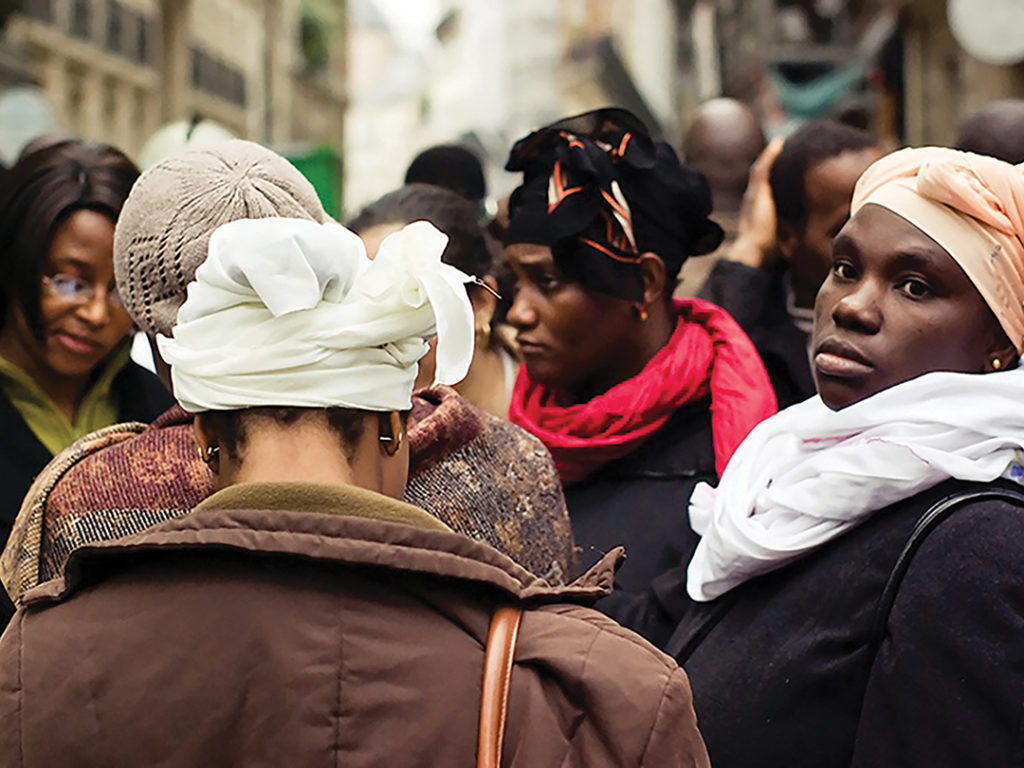
The arrival of asylum seekers and refugees has an impact on housing, already problematic in countries such as France, Belgium and the Netherlands. Camille Le Coz warns that “the situation has now worsened, as many of the available housing units have been allocated to Ukrainians”. Ukrainians had a warm welcome in
the EU and popular support from European citizens. “We know that these perceptions can quickly reverse, especially over time, when the initial wave of solidarity dissipates”. Le Coz cautions that European
governments should “carefully manage the refugee narrative to avoid them becoming scapegoats for their economic crisis”.
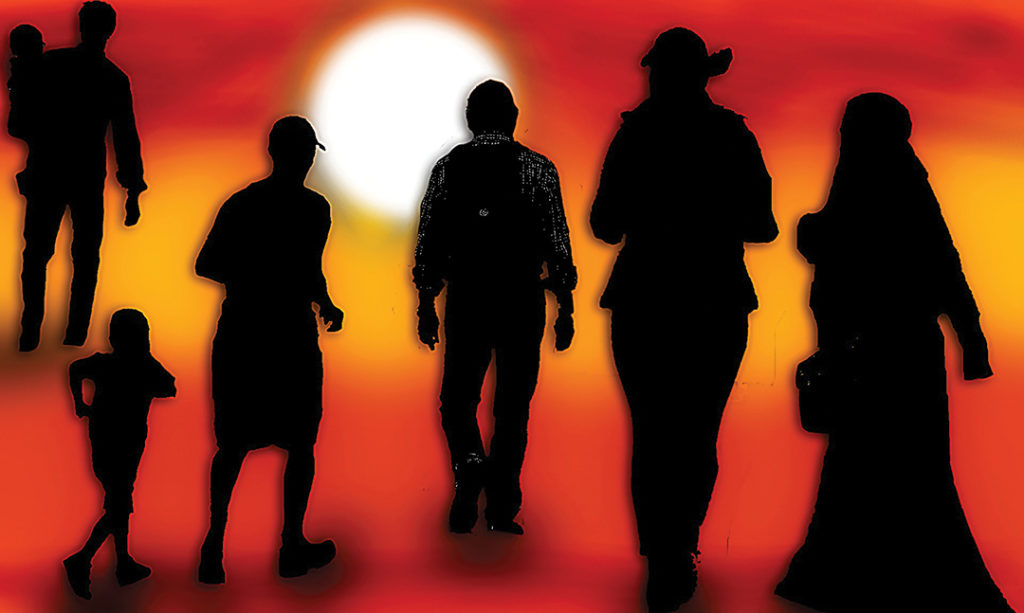
Frontex, in its Risk Analysis for 2022/2023 report, foresees a future increase in migration. “Firstly, extreme weather events and their results such as environmental degradation, resource scarcity and lack of access to basic goods such as food and water will have an impact on health, economies, security, migration and competition for these limited resources”.
According to the report, “the conflict in Ukraine has already triggered economic turbulence, unprecedented refugee movements, an energy crisis and food shortages. The war will further fuel geopolitical competition and the effects may range from military conflicts to hybrid
wars. The whole situation creates the perfect earthquake for increased pressure at the borders”.
Awaited migration pact
Since 2015, EU migration flow management has become one of the main stumbling blocks for domestic and foreign policy. The EU-27 are unable to reach a migration asylum pact to manage the refugee crisis. The European Commission’s proposal is based on the idea that
their members are not obliged to take in migrants who have arrived in other countries, but if they do not do so, they must compensate in other ways, either by financing the repatriation of irregular migrants or by helping the countries that have taken them in.
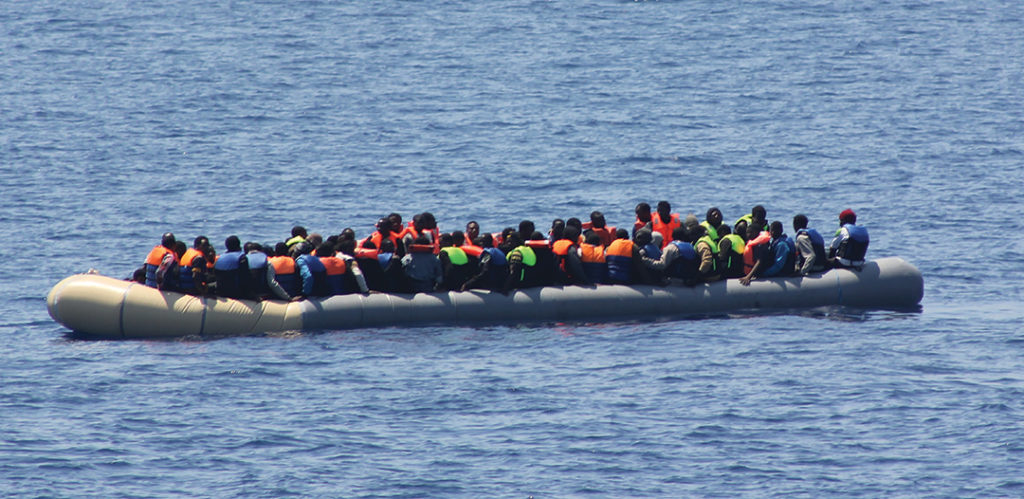
of the Irish Naval Service. Credit: Óglaigh na hÉireann/Flickr.
Eve Geddie, director of Amnesty International’s EU office, says that after a controversial agreement was signed between the EU and Turkey in 2016, on managing the Syrian refugee crisis, 15 000 women, men, girls and boys are still trapped in overcrowded camps on Greek islands. “Turkey, a country that has even sent people back to Syria, is not safe for refugees and asylum seekers. EU leaders must reinforce solidarity efforts, increase relocations to other member countries and follow the solidarity examples of activists and host communities across Europe,” said Geddie.
Fairness for all
Natalia Prokopchuk of the United Nations High Commissioner for Refugees (UNHCR), for Europe, in declarations to the Spanish journal El Confidencial, stressed that Ukraine has been an example of good
governance in receiving refugees. “The EU’s decision to offer temporary protection to refugees fleeing Ukraine has highlighted Europe’s capacity for an organised and workable approach to asylum, but the same should be extended to all nationalities,” notes Prokopchuk.
The organisation has often insisted on the need for sustainable asylum reform and progress on issues such as solidarity within the EU, adequate reception conditions and fair and speedy asylum procedures. “Dignified repatriations for migrants who wish to return to their countries of origin and who are not in need of international protection are equally crucial for a creble and wellmanaged system,” Prokopchuk stresses.
Until these objectives are met, the arrival of irregular migrants will remain an uncomfortable issue for the EU. The deaths of those attempting to cross borders by sea, in flimsy, unseaworthy boats,
have not stopped and remain shocking and shameful. Since 2014, 25 104 people have died and 16 032 went missing on Mediterranean routes (McAuliffe & Triandafyllidou 2021).
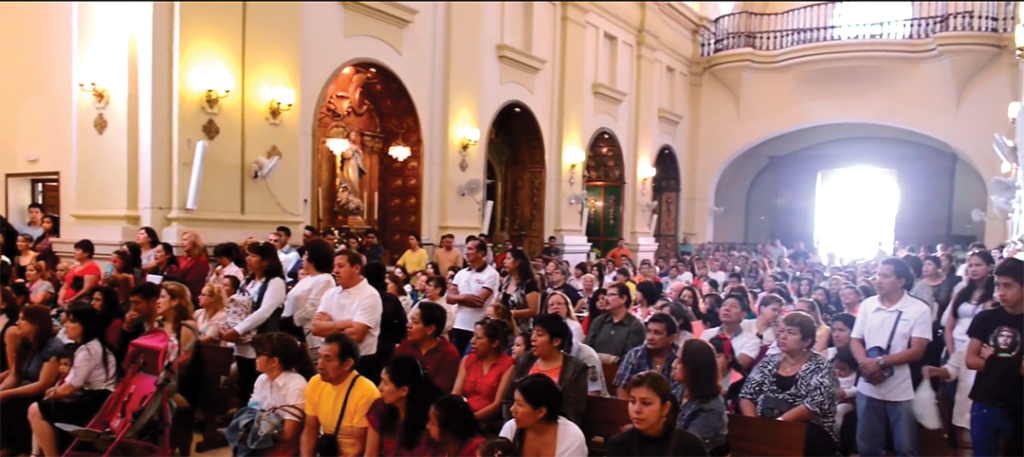
According to UNHCR (unhcr.org/news), at least 1 337 people have gone missing on the Central Mediterranean migration route this year according to IOM’s Missing Migrants Project.
The number of irregular migrants has increased on all routes to the EU except the Spanish border with Morocco, following the end of the crisis between the two countries.
The Channel border to the UK has been identified as another hotspot in recent months. More than 45 000 migrants have arrived in small boats across the English Channel from France in 2022, compared with less than 30 000 in 2021. In the first six months of 2022, the UK’s national
statistics office recorded more than half a million net migrant arrivals through government-approved routes, up from 173 000 in the year before.
“The UK’s partnership with France has already prevented over 30 000 illegal crossing attempts since the start of the year—more than 50% more than at the same stage last year”, according to UK Home Office data (gov.uk/). Nicholson & Kumin (2017) at UNHCR, recommend that
rather than preventing arrivals—many might need international protection—“it is better to invest in a fair, swift and efficient asylum procedure”.
Despite possible upcoming migration pacts among European states which may help to manage the situation, the increase in crossings will continue if the causes which provoke them, such as internal conflicts, economic and energy crises, high inflation and food shortages persist.

